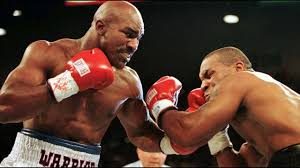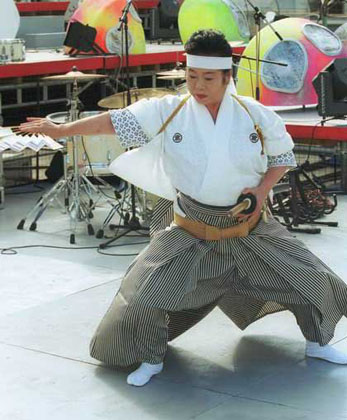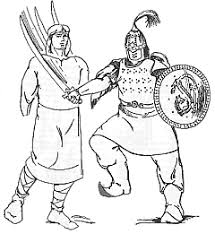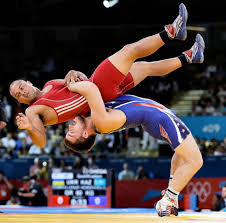BOXING (part 3)
 WEIGHT CATEGORIES.
WEIGHT CATEGORIES.
They were introduced about two hundred years ago. The currently accepted division into weight categories among amateurs and professionals diverges somewhat. Lovers have 12 categories, professionals have 17 (before there were even more: 18). This is due to the desire of promoters to attract as many gifted lightweight boxers from Asia and South America to the professional ring as possible.
In the English-language tradition, some weight categories, even in official ratings, are designated by “informal” terms: “fly weight”, “feather weight”, etc. (The abolished — even lighter — “professional” weight category was called, respectively, “paper weight.”)
Amateurs
Super lightweight Up to 48 kg
Lightest up to 51 kg
Bantamweight Up to 54 kg
Featherweight Up to 57 kg
Lightweight Up to 60 kg
1st Welterweight Up to 63.5 kg
2nd Welterweight Up to 67 kg
1st medium Up to 71 kg
2nd medium Up to 75 kg
Light Heavy Up to 81 kg
Heavy Up to 91 kg
Heavyweight Over 91 kg
PROFESSIONALS
Minimum Up to 105 lbs (47.6 kg)
1st Flyest Up to 108 lbs (49 kg)
Lightest Up to 112 lbs (50.8 kg)
1st Lightweight Up to 115 lbs (52.2 kg)
Bantamweight Up to 118 lbs (53.5 kg)
1st Featherweight Up to 122 lbs (55.3 kg)
Featherweight Up to 126 lbs (57.2 kg)
1st Lightweight Up to 130 lbs (59 kg)
Lightweight Up to 135 lbs (61.2 kg)
1st Welterweight Up to 140 lbs (63.5 kg)
Welterweight Up to 147 lbs (66.7 kg)
1st Medium Up to 154 lbs (69.9 kg)
Medium Up to 160 lbs (72.6 kg)
1st Light Heavy Up to 168 lbs (76.2 kg)
Light Heavy Up to 175 lbs (79.3 kg)
1st Heavy Up to 190 lbs (86.2 kg)
Heavy Over 190 pounds
The most prestigious among professionals (in this category, respectively, are the biggest fees: both boxers can get up to several million dollars for a fight) is considered a heavy weight category.
The observance of weight by athletes is monitored by judges. Before the battle, rivals are weighed. If the weight of the boxer an hour before the match does not correspond to the declared weight category, the fight, nevertheless, can take place, but in case of victory the winner rating will not increase. Amateur boxers are weighed on the first day of the competition, as well as every time on the day of their next bout. If the boxer’s weight exceeds the lower or upper limit of his weight category, he may reapply in another category, but only before the start of the tournament and provided that no other athlete is declared from his country. Instead of a boxer who did not “fit” into his category, the team can set up a substitute, but also only before the start of the competition.
Sometimes boxers gain weight over time and move on to the next weight category. This may be due to both natural age-related changes in the body, and the athlete’s conscious desire to try his hand at a different “weight role”. The legendary Theofilo Stevenson equally successfully fought in the ring, first in the heavy and then heavyweight categories, and Zbigniew Petrzykowski did not know his peers in Europe when he boxed in middleweight and when he moved to light heavyweight.




